It’s impossible to see everything during Milan Design Week, the weeklong whirlwind of product debuts, showroom visits, and branded pop-ups that takes over the Italian design capital every April. For attendees who simply couldn’t fit more appointments into their jam-packed schedule or those who skipped it entirely and stayed offline to suppress their smartphone-induced FOMO, our editor rounded up an admittedly non-exhaustive list of this year’s most stellar product debuts.
The Product Debuts We Loved at Milan Design Week
From alpine-inspired curtains by Ramdane Touhami to Sfrido Estate’s ensemble of marble offcut oddities, these are the debuts we’re still thinking about in our post-Milan haze.
BY RYAN WADDOUPS April 22, 2024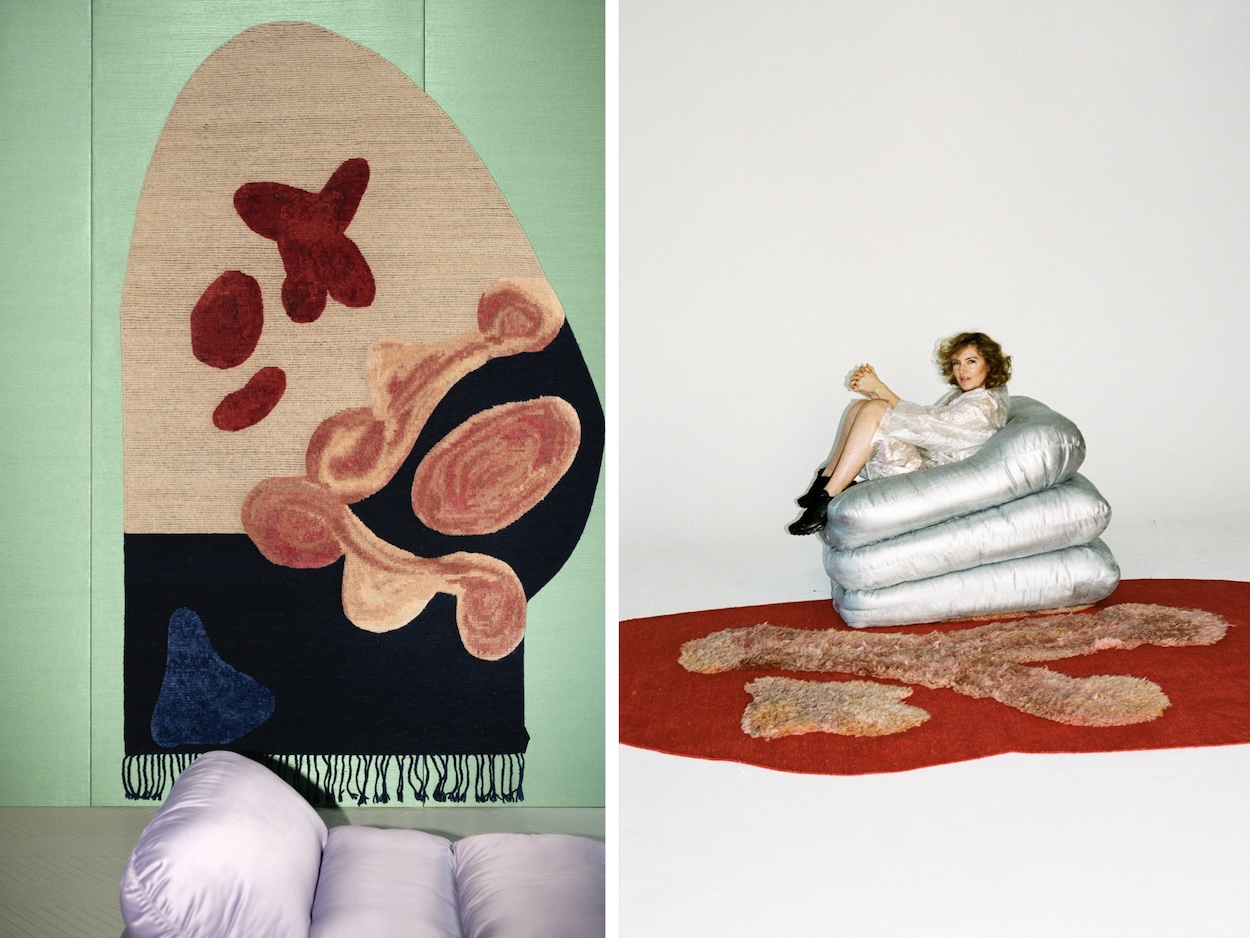
CC-Tapis: Rude Collection by Faye Toogood
Faye Toogood needn’t worry about any of her work turning out lackluster, but she sought a compelling blend of craft and hijinks when envisioning her latest series of rugs. Luckily, the ones that CC-Tapis creates are anything but square, giving the British polymath leeway to let her mind run free for the Rude Collection. Mischievous motifs, suggestive shapes, and provocative colors draw from the poignant paintings of Francis Bacon—“all that visceral fleshliness,” Toogood says—that the French-Italian textile brand realizes with depth and panache. “These are rugs to roll around on,” she says, “with lumps and bulges to grab hold of.”
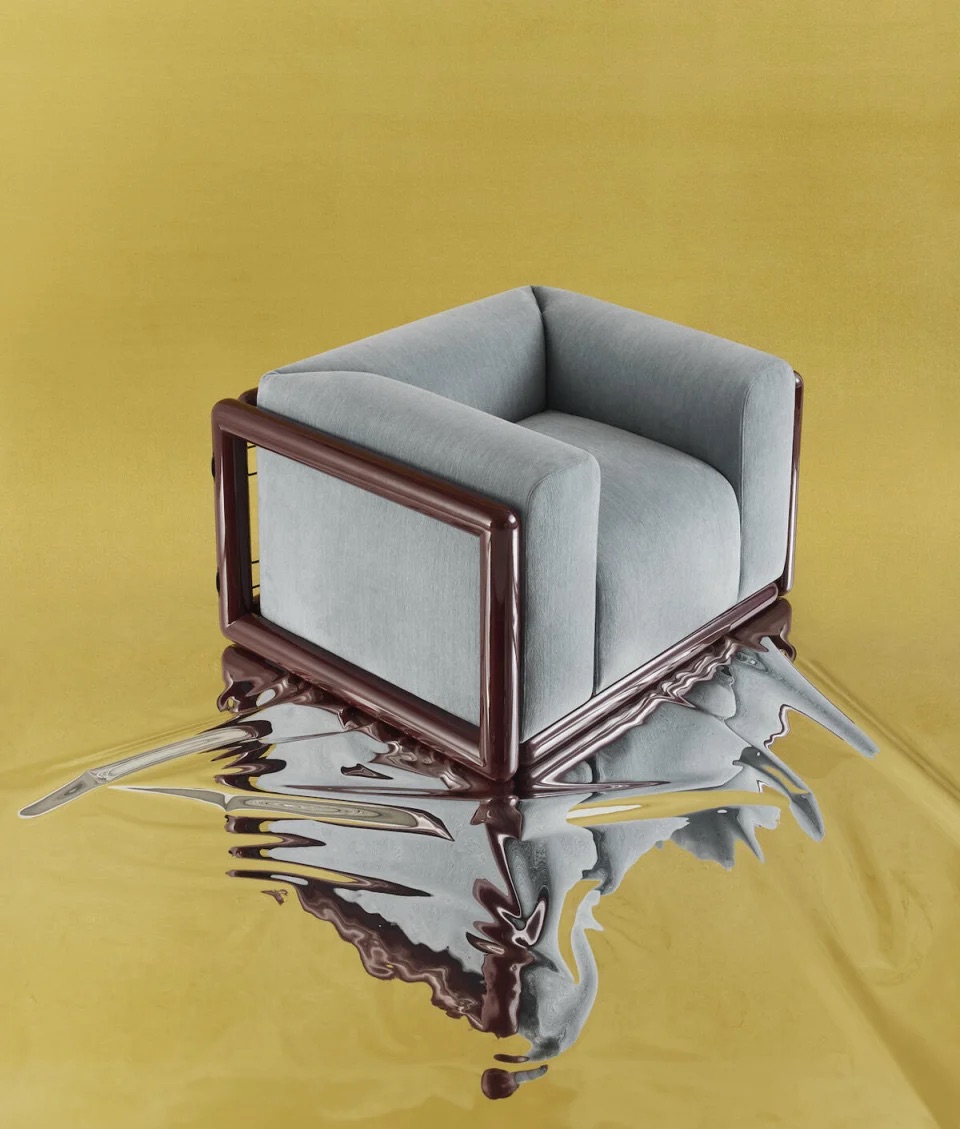
Cassina: Cornaro Armchair by Carlo Scarpa
Cassina’s hall-of-fame iMaestri collection has seen multiple Italian design classics—Le Corbusier’s Cabanon stool and Charlotte Perriand’s Nuage bookshelf among them—enjoy reissues and updates for today. The list grew this year with the relaunch of Carlo Scarpa’s enveloping Cornaro armchair. Named after a historic family famous in the late Italian master’s native Venice, the seductive seat’s Japanese-inspired geometric wooden frame gently cradles a cushioned seat, which was made slightly plumper for those still obsessed with cocooning.
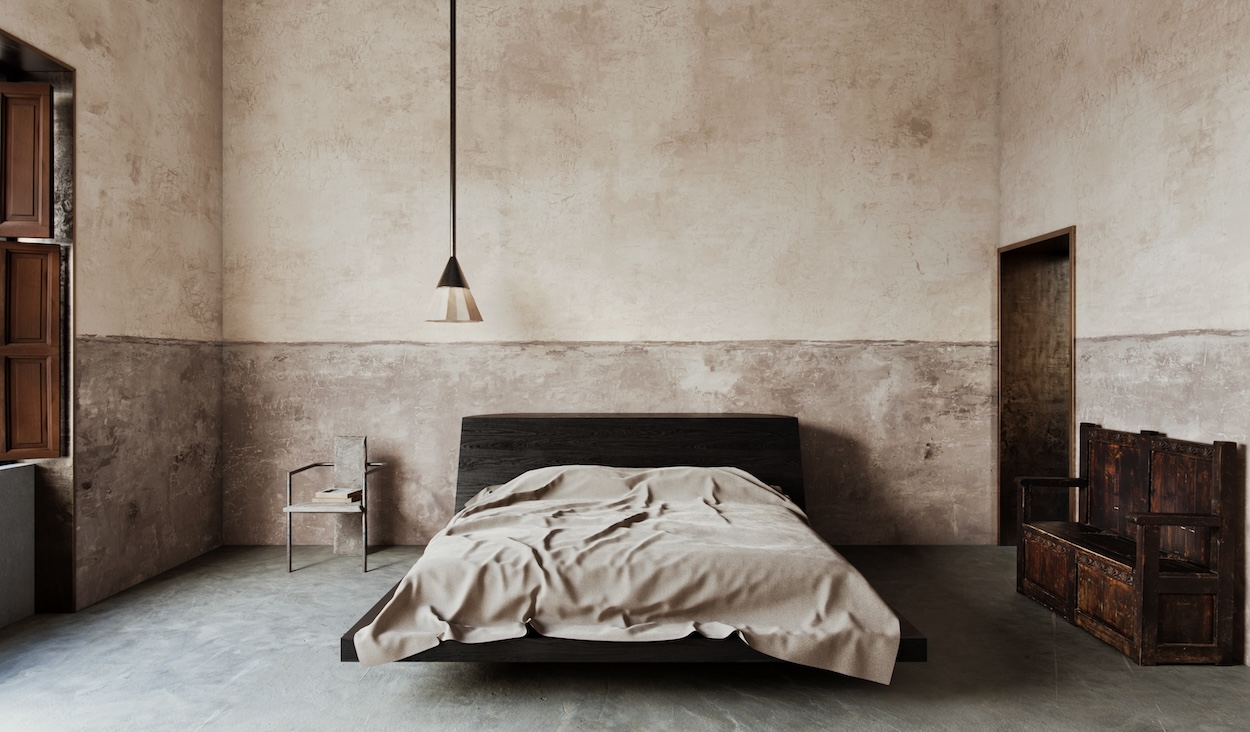
Calico Wallpaper: Nuance and Perception by Colin King
As one of today’s most in-demand interior stylists, Colin King has carved a fruitful career from harnessing the power of empty space between quotidian objects. He’s also proving his chops as a product designer, this time with two introductions for Brooklyn’s go-to wall covering studio Calico Wallpaper. Perception’s muted palette channels the weathered patina of past eras while a subtle horizon line allows Nuance to waltz between texture and hue in order to ruminate on neglect. “I’ve always been captivated by the beauty of patina, the transformation that unfolds as objects age and decay,” King says. “It’s as if objects reveal their inner truth.”

Nodus: Dancalia/Scarification Rugs by Abreham Brioschi
Nodus almost never fails to surprise during Milan Design Week, and this year was no exception. The craft workshop introduced three stellar rugs by rising talent Abreham Brioschi that embody his strong bond with his Ethiopian origins. One translates the Danakil Depression’s arid volcanic conditions into a warm-toned statement piece while two others gracefully mimic the scars that form on the skin during the tribal scarification process. “My goal is to bring traditions that are outside of Western culture into Italian design,” Brioschi says. “In this case, I decided to use wool to give a hard practice like scarification the softness of a material used in our daily lives.”
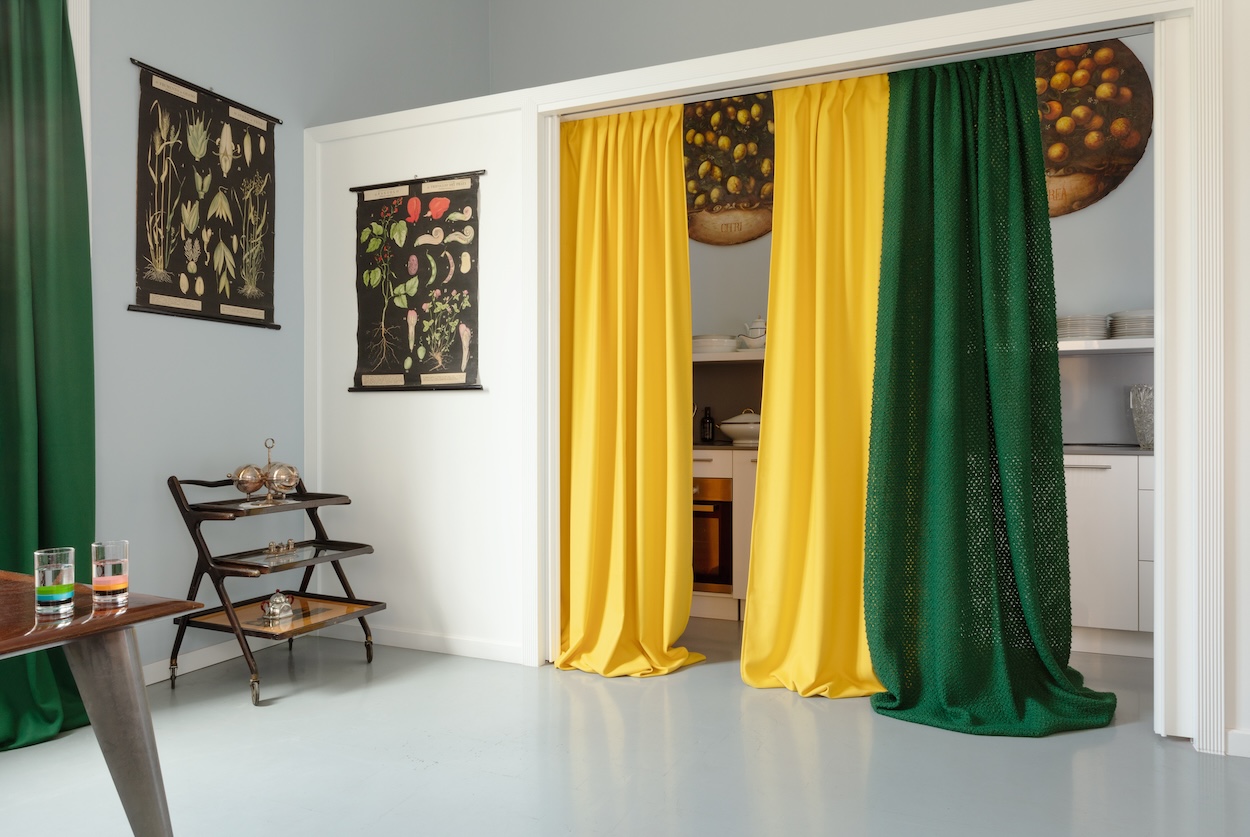
Fischbacher 1819: Drei Berge Collection by Ramdane Touhami
Ramdane Touhami loves hiking, especially in the Jungfrau, Eiger, and Mönch mountains that frame his picturesque Drei Berge Hotel in the Swiss Alps. So when Fischbacher 1819 came calling, the French-Moroccan polymath translated his affinity for alpine grandeur into two intricately woven curtain fabrics marked by imaginative textures and electric colors. Realized in partnership with creative director Camilla D. Fischbacher, the capsule range embraces wool through knitted curtains and a soft-woven plain fabric that both evoke the sensation of slipping into a thick woolen jumper. Toss in a voluminous plaid alpaca throw for extra coziness.
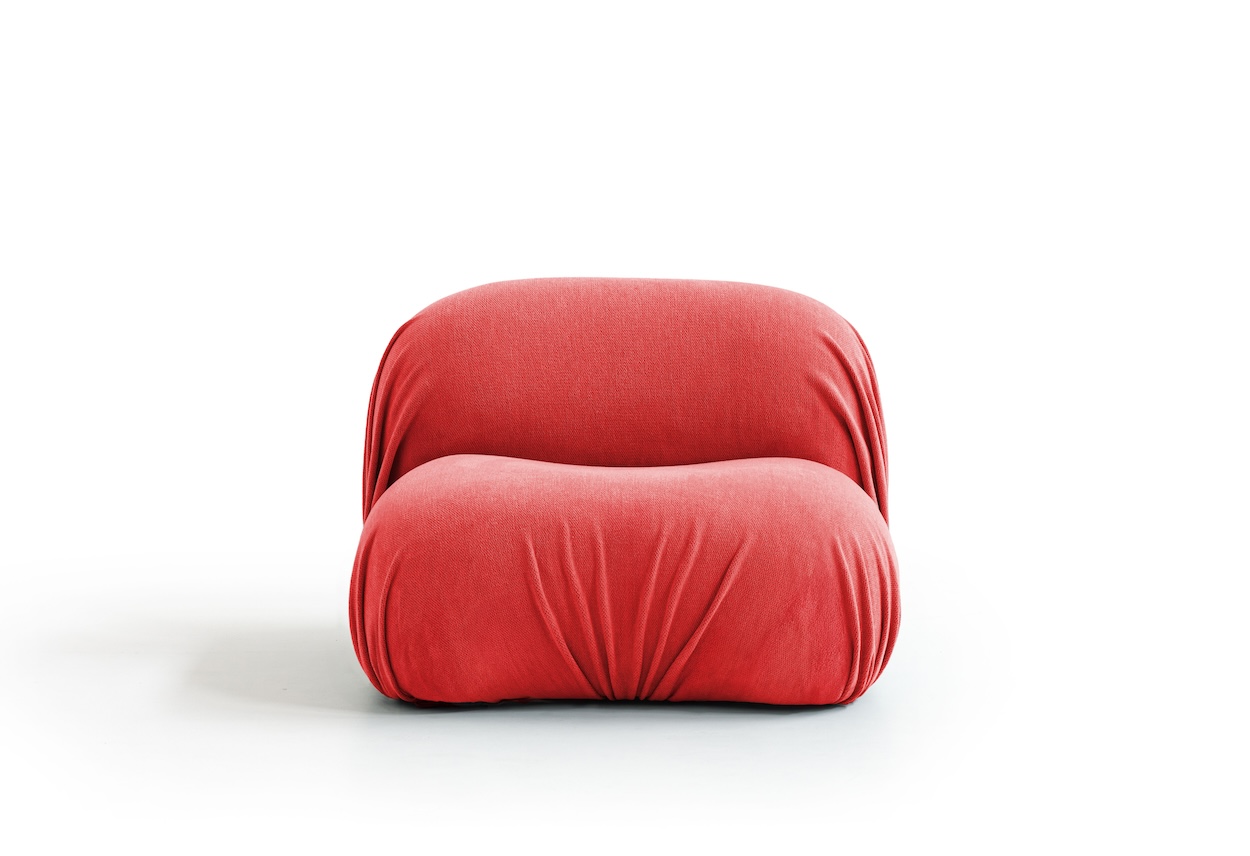
Diesel Living x Moroso: Puff-D Armchair
Influencer living rooms simply aren’t ready for the Puff-D, Moroso’s curvaceous new lounge chair whose generous proportions invite sitters to melt into its polyurethane foam cushion. The designers over at Diesel hearkened back to Italy’s continually rewarding era of 1970s furniture design, when masters like Mario Bellini and Cini Boeri were adapting their mindset to dream up pieces tailored for flexible domestic lifestyles without sacrificing rigorous forms or details. On the red-hot Puff-D, informal lines made by conspicuously creased upholstery envelop the lounger’s entire structure and impart pleasing feelings of spontaneity and irregularity.

Articolo: Flare Tables
Melbourne’s most prolific purveyor of bespoke lighting has long explored the art of illumination through mouth-blown glass fixtures, but when founder Nicci Kavals struggled to source compact furnishings for her own home, she sought to apply her company’s ethos to a new medium. The resulting Articolo Home collection checks all the boxes with atelier-like precision and even allowed Kavals to toy with her love of Belgian architecture and Italian classicism. Our favorite from the capsule is Flare, which stacks two brass-finished octagonal forms—a base column and a flared upper section—to command attention and create a striking plinth-like presence.
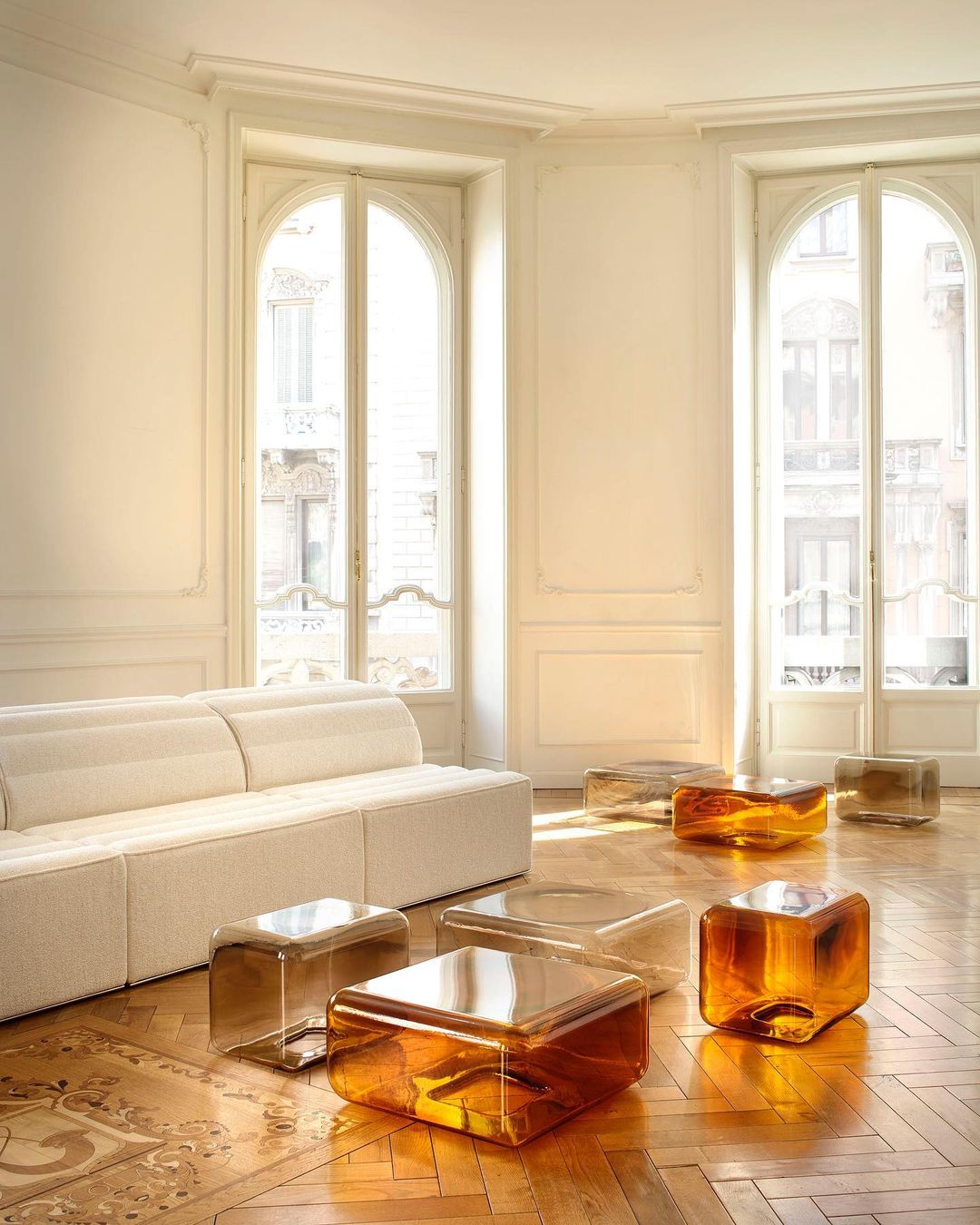
Acerbis: Lokum by Sabine Marcelis
Sabine Marcelis has already proven her powerful touch with translucent resin—look no further than her lustrous Candy Cube entering the Vitra Design Museum’s hallowed archives—and glass gradients. But her amber-hued Lokum side tables for Acerbis reach entirely new heights and volumes. Their rectangular builds and crucible-tinted amber and gray shades beautifully dance with light and enliven their surroundings with an interplay of glints and reflections. Marcelis, a master of conjuring the “how’d-she-do-that?” effect, found herself in the same position: she’s “still beyond amazed that the glassblowers are able to achieve the volumes.”

Knoll: Perron Pillo Sofa by Willo Perron
Design fanatics are well-acquainted with Knoll’s legacy, but perhaps not the pressure of adding an entry into the American furniture brand’s repertoire that stands the test of time and mingles with Bauhausian mainstays and enduring classics by Eero Saarinen and Mies Van Der Rohe. Willo Perron, the creative director and cultural polymath behind Fenty runway scenography and pop-ups for Skims, proved he was up for the challenge with a sofa made entirely of oversize pillows. With deep seats intended for lazy luxuriation, the refuge-like Perron Pillo Sofa brings all-encompassing comfort and dashes of humor: “I wanted the sofa to evoke surprise and emotion,” he says. They are stacks of pillows, after all, and they sure leave us longing for a nap.

Sfrido Estate: Tables
Fresh off the heels of Sfrido Estate’s sterling debut of four round-top tables carved out of deadstock stone sourced from the Metropolitan Museum of Art, the young Italian brand may have proved its ability to storytell through marble offcuts is here to stay. An ensemble of pieces by the likes of a617, Rafael Prieto, Kuo Duo, Cara/Davide, and Martina Guandalini offered mini-masterclasses in material rigor and juxtaposition, which should be no surprise considering founder Giacomo Canali’s family owned the Italian stone purveyor EuroMarble. “The legacy of my family put me in the position of knowing a lot about the natural stone industry,” he told Surface. Now, he gets to share the love.
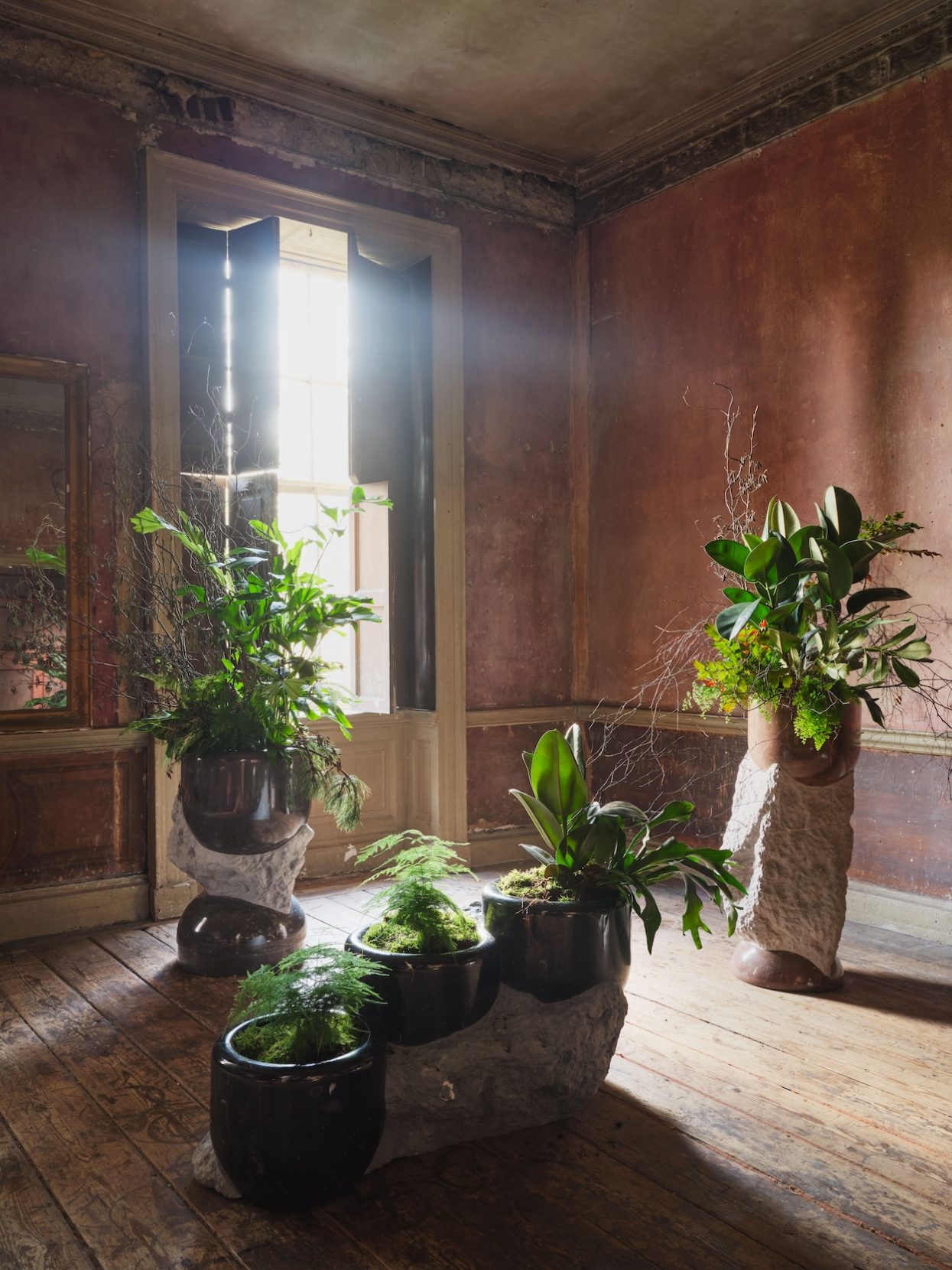
Orior: Fearn Planters
You’ve never seen planters like this. Known for expertly crafted furniture that lends a louche sheen to classic silhouettes, the Irish brand’s Milan Design Week debut threw a curveball with a trio of sculptural planters that imitate the configurations of Celtic waystones. Polished goblet-like basins emerge from rough geologic shapes adorned with markings of the Ogham alphabet (Fearn is the third letter) that nod to the practice of etching primitive history into stone. The planters might look nestled in, but look closely—they’re all cut from the same boulder.